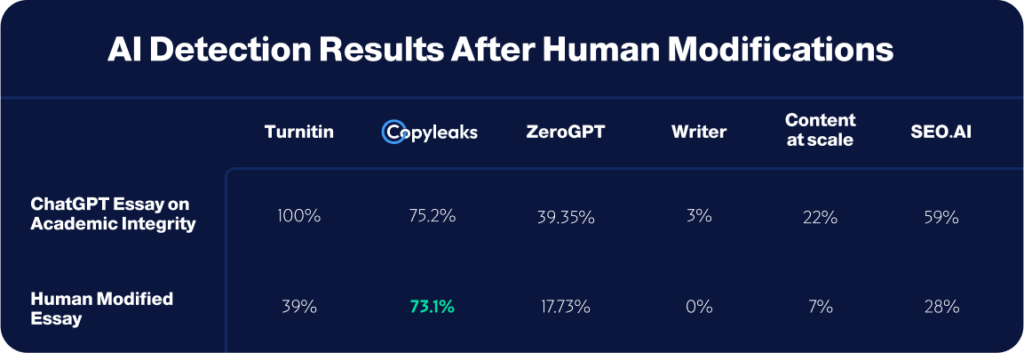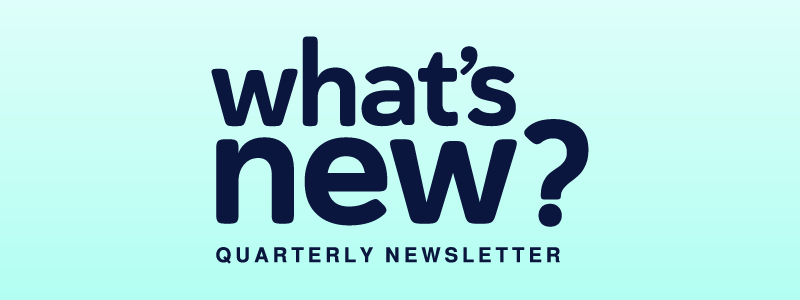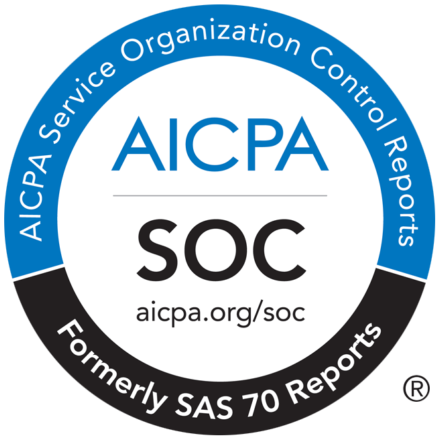Between our web-based platform, LMS and API integrations, GenAI Governance solution, and our all-new Writing Assistant, the Copyleaks Customer Support Team answers many questions daily.
Naturally, they started to see a few of the same questions show up time and again. So, to help make things easier for our clients, Customer Support put together a list of 10 things you may not know about Copyleaks, each resulting from a commonly asked question.
Let’s get to it.
A Credit Equals 250 Words
The ‘currency’ of Copyleaks is a Credit, sometimes called a ‘Page.’ However, many people don’t know how much one credit equals in terms of word count. For every 250 words within a document, that equals one credit in a scan.
You Can Find How Many Credits A Scan Costs Ahead of Time
Many clients don’t know that they can find out how much a scan will cost in credits before running the actual scan. After uploading a document, check the “Count Credits” box to see how many credits the scan will cost.
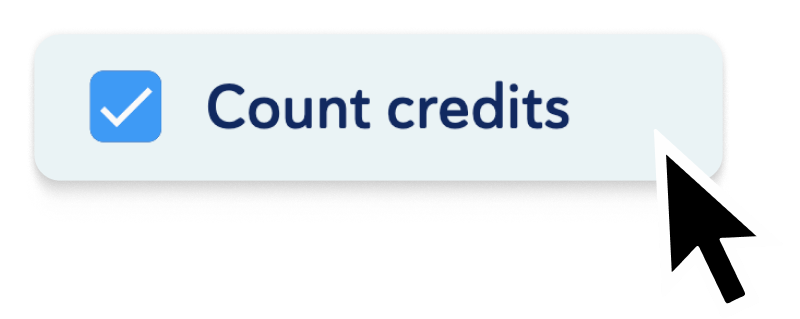
You Can Set Up A Recurring Scan
For easier content management, you can set a scan frequency to automatically re-scan a document after a set amount of time. For example, if a blog post is doing really well on your website, scheduling a monthly scan can help you quickly identify copyright infringement on competitor sites. After all, content on the internet is ever-changing, meaning that what’s true today may not be true tomorrow, so it’s helpful to keep up with your content in real-time.
The AI Content Detector Has Over 99% Accuracy
Did you know our award-winning AI Content Detector has a 99.12% accuracy? In fact, according to third-party studies, it has the highest accuracy rates of any detector on the market.
We Support Multiple Languages
While many plagiarism and AI detectors only support one or two languages, the Copyleaks Plagiarism Detector supports over 100 languages, and the AI Content Detector supports over 30 languages.
We Detect Spinbots
Copyleaks can detect when text, including AI-generated, has been altered by a text spinner or a spinbot.
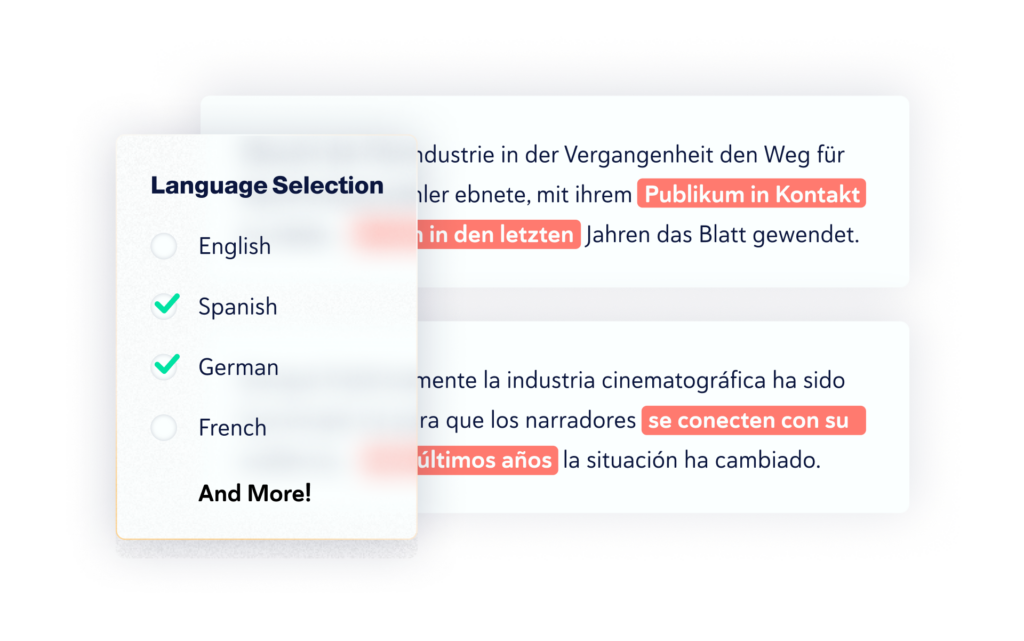
Cross-Language Detection
Copyleaks offers a handy feature many people aren’t aware of: Cross-language Detection. This function allows you to scan your document in multiple languages to determine if the content was translated and then plagiarized from a different language. For example, you can scan an essay in English and decide whether it was plagiarized via an online translator from content initially written in Spanish or German. We support this feature in nine languages, with more in the works.
Auto-Refill Helps You Avoid Mid-Scan Interruptions
Our Auto-Refill option helps you avoid running out of credits and interrupting scans. With Auto Refill enabled, if your document size exceeds your credit balance, your credits will be automatically refilled to a pre-set amount to complete your scan.
Fully Empower Your Content With Our New Writing Assistant
Copyleaks has launched a new Writing Assistant feature. According to the BLEU Score, the Writing Assistant is now the market’s most accurate solution, providing notifications about identifying potential writing mechanic errors, spelling mistakes, comma errors, and more. You’ll also be alerted to conjunction errors, subject-verb disagreements, misused prepositions, and everything else. Learn more here.
You Can Now Track Trends With Analytics
Another new feature is Copyleaks’ Analytics, which gives you and your organization valuable insight that includes historical data to help you study trends, such as AI use and plagiarism, within your scan data. You can find Analytics in your Admin settings, which are linked here.
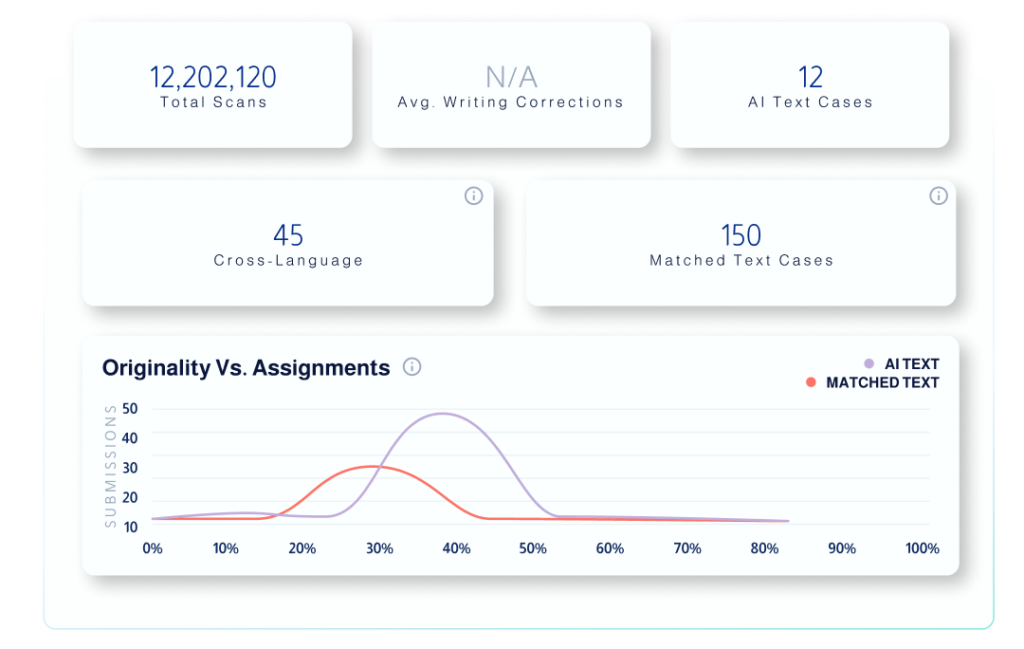
Hopefully, this list helps give insight into some of the key features of Copyleaks.
Of course, this list doesn’t cover everything. Be sure to check out our Help Center, which has the answers to most questions.
However, if you have any specific questions, you can contact the Copyleaks Customer Support Team at [email protected]. They’re always happy to help. And you never know; your question may be on our next Top 10 list.


